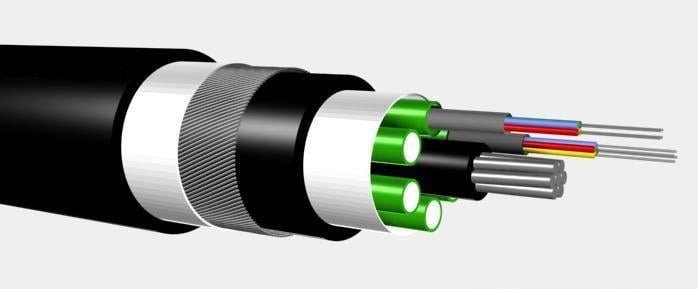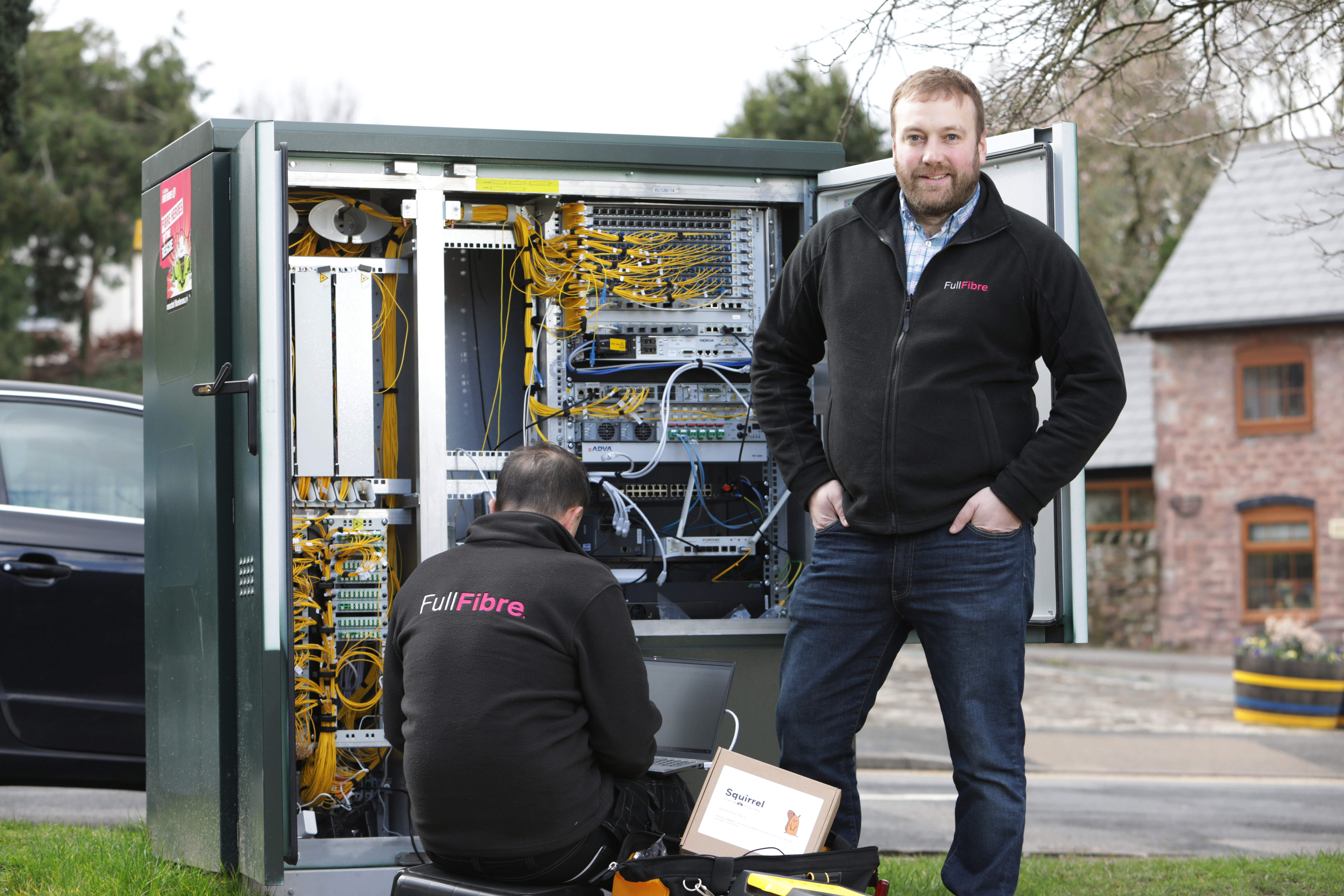
There is an explosion in full fibre broadband in the UK with dozens upon dozens of companies building networks. In lots of Towns and City’s there are multiple full fibre FTTP networks being built but although they all say Full Fibre does not mean they are the same in this post we will explain the different types of UK Full Fibre networks.
PON based FTTP Networks
There are a few different ways providers can build their FTTP (Full Fibre) networks to your home or business and they all have their advantages and disadvantages.
There are two main types one being a point to point (PTP) network where each home or business is connected directly to the fibre hub/ cabinet with a dedicated fibre connection more on that later. The other type is point to Multipoint where each fibre connection from the hub/ cabinet is split and shared between multiple homes and business and within this network type are multiple technologies to achieve this.
The most common Point to Multipoint subtype is Passive Optical Network (PON).
Here in the UK this is the most common type of full fibre deployment with GPON and XGS-PON being the current PON types in use today.
In a passive optical network (PON) setup at each Fibre hub or cabinet there will be active equipment with a device called an Optical Line Terminal (OLT) this will have a number of ports and connected to each port is a fibre trunk line which can support up to 128 homes or business typically in the UK this is 32 homes or business per OLT port or a 1:32 ratio split.
The Fibre cable connected to the OLT is split at multiple stages usually and in a passive way meaning no further power is needed out in the streets etc to carry the light signals.
Eventually the fibre will reach a Distribution Point known as a Consumer Block Terminal (CBT) where the each home or business connects to.
the fibre cable then terminates inside the home or business using a device called and Optical Network Terminal (ONT)
Building a full fibre network using this method is more cost effective vs a point to point as it means less fibre cables overall it also means the networks can be built faster and more energy efficient.

GPON vs XGS-PON
We have talked about the overall setup of a Passive Optical Network (PON) but there are different PON types.
Gigabit Passive Optical Network (GPON) is one of the oldest PON standards that first came out in 2003 with the latest revision released in 2010.
Each GPON trunk line coming out of an OLT port can support up to 2.4Gbps downstream and 1.2Gbps upstream.
Those speeds being asymmetric typically mean networks operating on GPON only offer Asymmetric speeds aka slower upload speeds vs download we previously talked about the importance of upload speeds .
Openreach who are the biggest telecoms network in the UK operate mostly on GPON which is why they only offer asymmetric speeds currently.
Considering the GPON connection is split typically by 32 those limited trunk speeds will soon become an issue as more people want faster broadband.
XGS-PON which came out in 2016 is a more advanced PON standard that supports up to 10Gbps symmetric on each trunk line from each OLT port.
It is clear to see the advantage of using XGS-PON over GPON with both an increased speed and symmetric meaning both upload and download is the same this typically means network providers operating a XGS-PON network offer symmetric services by default even to residential customers.
Alt-Nets building their networks today typically opt for a XGS-PON network and City Fibre who stated on GPON are upgrading their network to XGS-PON, Openreach also have plans and in some trial areas are using XGS-PON.
The good news is because GPON and XGS-PON operate on different wavelengths they can run alongside each other on the same fibre cable which means if you say wanted a higher speed package you could be put on XGS-PON while your next door neighbour can stay on GPON.
With PON networks once the fibres are in the ground and installed only the devices either end of the connection need to be replaced to upgrade to newer PON technologies.
One of the latest PON types is 25G-PON which as the name suggest is a 25Gbit capable per trunk line and 50G-PON and so forth will come along.
As PON is a shared network the speeds may fluctuate as it is a contended service if a number of users happen to download a huge file at the same time the speeds will slow down for everyone on that same trunk line.
There are also secuity concerns as the way PON works all the data on each trunk line is shared and is filtered out at the ONT. the network operator should employ adequate protection using encryption to ensure no one can evesdrop on your internet connection but the risk is present.
Point to Point
The other method of deploying a full fibre network is to use a point to point network.
This is where a dedicated fibre cable is laid between each home and business and the fibre hub/cabinet.
The advantage of this method is each home or business gets its own dedicated connection your not sharing it with other neighbours.
Speeds are only limited by the equipment in the fibre hub/cabinet and your home or business and not by what the PON standard can support. Speeds are not contended by others in the area as your not sharing your fibre with anyone else.
There are no PON related security risks either as your connection is not being shared.
The downsides to a point to point network are they are slower and more costly to deploy and are less power efficient as they have more active parts vs PON.
There are not many point to point FTTP networks in the UK the main one is Swedish company VX Fiber who partner with Lilia Connect.
Knowing which network type a full fibre provider uses can be difficult to find out as most dont make it obvious on their websites etc. Research and or asking the company direct is usually the best way to find out.
“There are no PON related security risks either as your connection is not being shared”
Don’t know what security risk you are talking about. I am sure that those companies who implemented PON in UK did include the 128-bit AES Encryption in the system.
There is no “default” encryption in P2P.